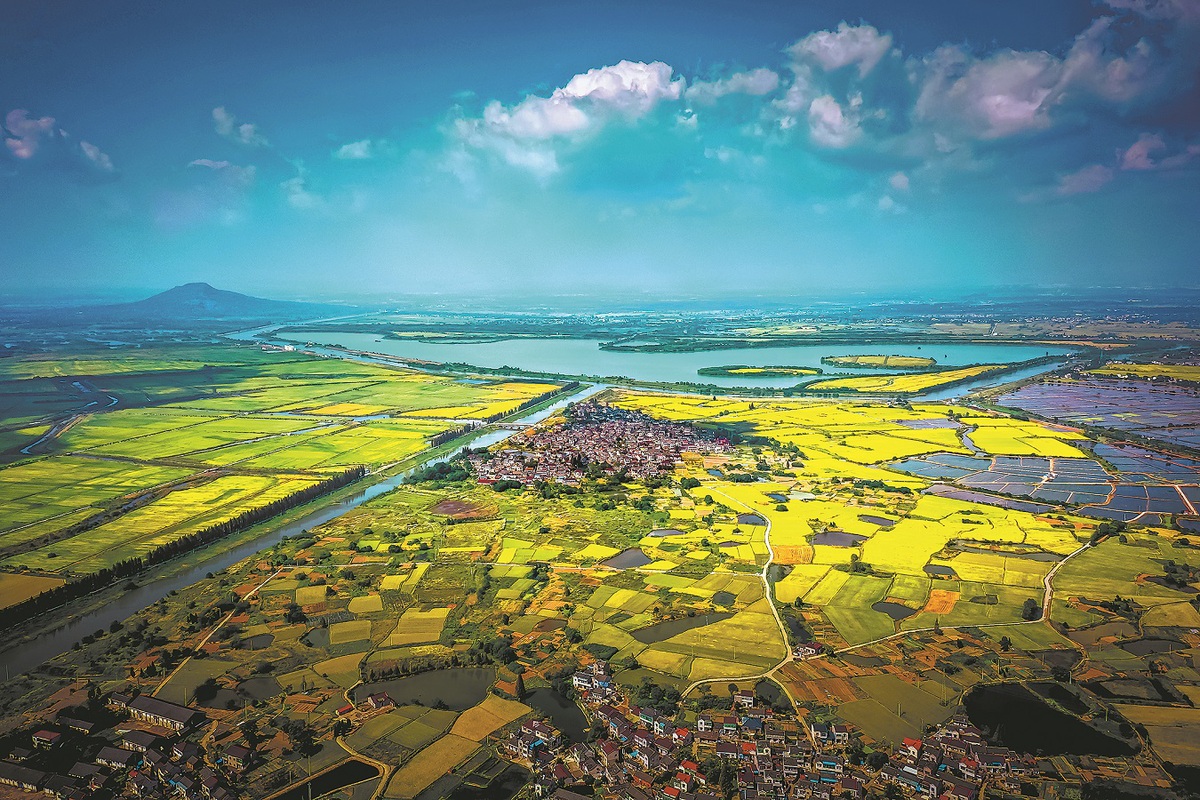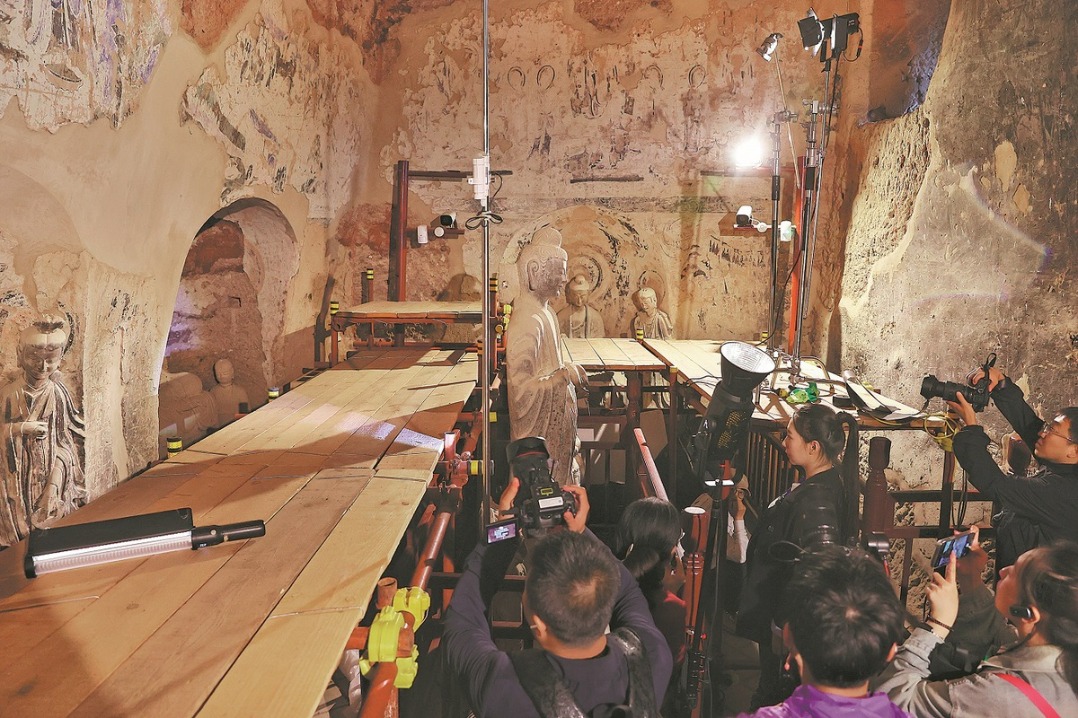Ancient irrigation systems earn recognition


For centuries, villagers have built channels to direct water from mountaintop forests, where it is conserved, to their fields. This water flows through the villages, eventually merging into rivers, where the water naturally evaporates and returns as rainfall, creating a sustainable and complete natural cycle.
The Chishan Lake irrigation project in Jurong, Jiangsu province, was built more than 1,700 years ago. It remains a crucial irrigation and flood-control project in the upper Qinhuai River, serving more than 5,130 hectares.
The project is known for harnessing the natural terrain to its advantage. In plain polder or low-lying areas, embankments have been built to create retention lakes. Equipped with bidirectional sluice gates, the lakes mitigate flooding and drought in the low-lying areas. In hilly areas, dams have created stepped canals for navigation while providing irrigation water.
























